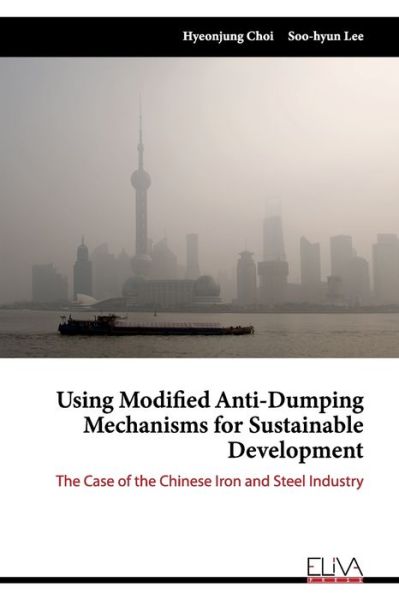
Tell your friends about this item:
Using Modified Anti-Dumping Mechanisms for Sustainable Development
Soo-Hyun Lee
Using Modified Anti-Dumping Mechanisms for Sustainable Development
Soo-Hyun Lee
The world's collective efforts to advance the goals of sustainable development are failing to produce results at the rate that they needed to prevent devastating levels of greenhouse gas emissions. In spite of the declaration of Paris Agreement in December 2015, the countries in line to be the next biggest polluter are becoming more numerous. The current titleholder is China, whose rapid economic growth resulted in a 100-fold increase of total greenhouse gas emissions in just 60 years. The manufacturing of such commodities as iron and steel is regarded as the primary source of emissions, accounting for 47% of the country's total emissions. The sustainable development challenges of the Chinese iron and steel industry (CISI) are not contained within its borders: the industry controls approximately half of the global market for steel products as the lowest-price supplier.
This report examines the viability of using external measures to realign the CISI and industries of similar characteristics with sustainability. While a range of global regulatory instruments are viable candidates for this investigation, anti-dumping is an ideal instrument for this study due to its proven firm-level impacts, the extent of its usage, and its broad applicability through the WTO. While anti-dumping measures (ADMs) as an external regulatory mechanism are certain to have an impact on CISI, their conventional application remains insufficient. Thus, the modification proposed in this report targets both material injuries to importing economies' industries and irresponsible production methods that cut costs by means of egregious environmental degradation.
This report provides the basis for a modified approach to ADMs entitled "Carbon-adjusted Dumping Margin." The search for an agreeable proposal for the creation of a carbon pricing mechanism is building momentum in both research and policy spheres. Emission trading schemes like that in Europe and efforts to create a smart green tax to account for greenhouse gas emissions are attracting attention and being experimented with around the world, including China. To contribute to such endeavors, this report introduces an ambitious yet necessary idea to ongoing research and development in global carbon pricing mechanisms.
| Media | Books Paperback Book (Book with soft cover and glued back) |
| Released | November 29, 2020 |
| ISBN13 | 9781636480459 |
| Publishers | Eliva Press |
| Pages | 56 |
| Dimensions | 152 × 229 × 3 mm · 86 g |
| Language | English |

 Christmas presents can be returned until 31 January
Christmas presents can be returned until 31 January


